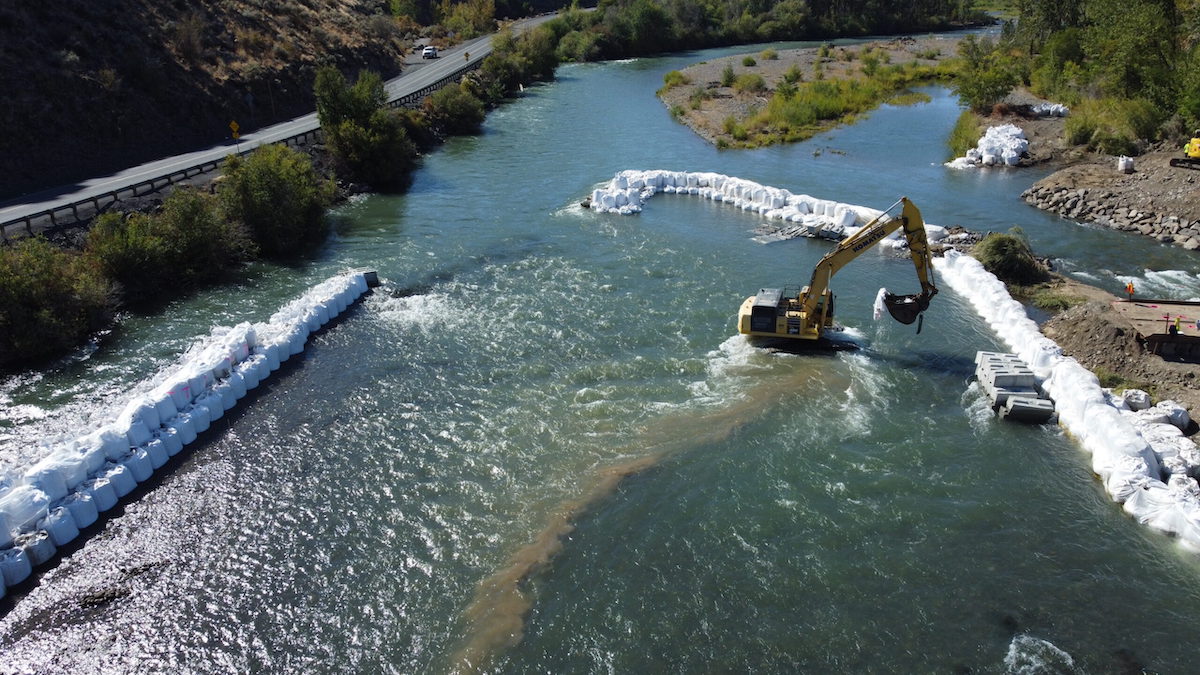
Image Source: Google
Dams play a crucial role in society by providing water supply, hydroelectric power, flood control, and irrigation. However, over time, dams can deteriorate, leading to safety risks, environmental damage, and decreased functionality. As a result, dam remediation practices are essential to ensure the continued effectiveness and safety of these structures.
In recent years, there has been a growing focus on sustainable dam remediation practices that not only address the issues at hand but also minimize environmental impact and promote long-term sustainability. Refer Link: https://damsafetygroup.com/.
The Importance of Sustainable Dam Remediation
Traditional dam remediation methods often involve large-scale construction projects that can have significant environmental consequences. This has led to a shift towards more sustainable practices that prioritize environmental protection and long-term sustainability. Sustainable dam remediation practices are essential for the following reasons:
- Minimize environmental impact
- Ensure long-term structural integrity
- Promote ecosystem health and biodiversity
- Enhance overall dam performance
Challenges in Dam Remediation
Despite the importance of sustainable dam remediation, there are several challenges that need to be addressed in order to implement effective solutions. Some of the key challenges include:
Environmental Impact
- Construction activities can disrupt natural habitats
- Sediment release during remediation can harm aquatic ecosystems
Cost
- Remediation projects can be expensive and require significant funding
- Long-term maintenance costs can also be a concern
Regulatory Compliance
- Compliance with environmental regulations and permitting processes can be complex
- Engagement with stakeholders and local communities is crucial
Innovations in Sustainable Dam Remediation Practices
To address the challenges associated with dam remediation and promote sustainability, innovative approaches and technologies have been developed. These innovations aim to improve the efficiency, effectiveness, and environmental impact of dam remediation projects. Some of the key innovations include:
Non-Structural Remediation Techniques
- Vegetation management to stabilize slopes and prevent erosion
- Sediment removal using environmentally friendly techniques such as dredging and sediment traps
- Bioengineering solutions to enhance habitat restoration and promote biodiversity
Advanced Monitoring and Assessment Tools
- Use of drones and remote sensing technology for comprehensive dam inspections
- Real-time monitoring systems to track structural integrity and performance
- Data analytics for predictive maintenance and early warning of potential issues
Collaborative and Adaptive Planning
- Engagement with stakeholders and local communities to ensure transparency and participation
- Adaptive management strategies to address evolving challenges and uncertainties
- Integration of traditional knowledge and modern science for holistic decision-making
Case Studies in Sustainable Dam Remediation
Several successful case studies demonstrate the effectiveness of sustainable dam remediation practices in addressing environmental and safety concerns while promoting long-term sustainability. Some notable examples include:
Oroville Dam, California
- Implementation of a comprehensive dam safety program following the 2017 spillway incident
- Use of advanced monitoring technologies to improve safety and performance
- Integration of nature-based solutions for erosion control and habitat enhancement
Three Gorges Dam, China
- Adoption of sustainable sediment management practices to reduce downstream impacts
- Utilization of fish-friendly turbine designs to minimize ecological disruptions
- Investment in long-term ecosystem restoration and conservation efforts
Conclusion
Sustainable dam remediation practices are essential for ensuring the continued safety, functionality, and environmental sustainability of dams. By incorporating innovations in non-structural techniques, advanced monitoring tools, and collaborative planning approaches, dam remediation projects can effectively address challenges while minimizing environmental impact and promoting long-term sustainability.
